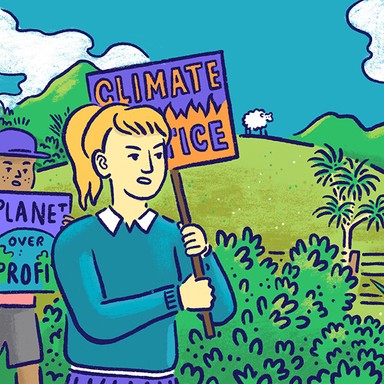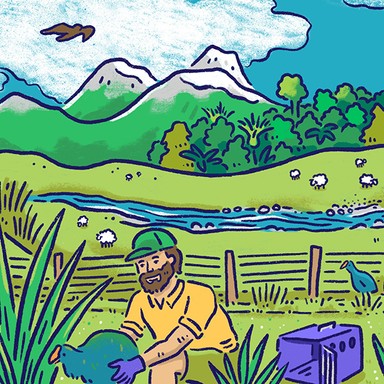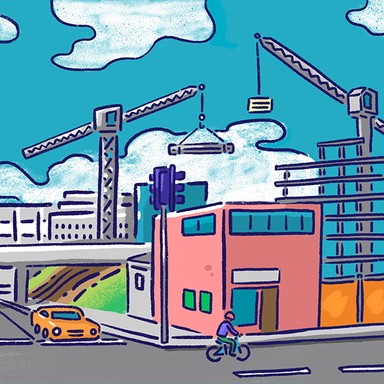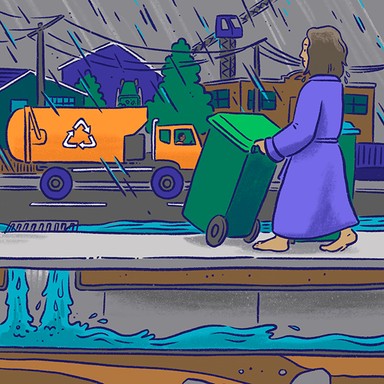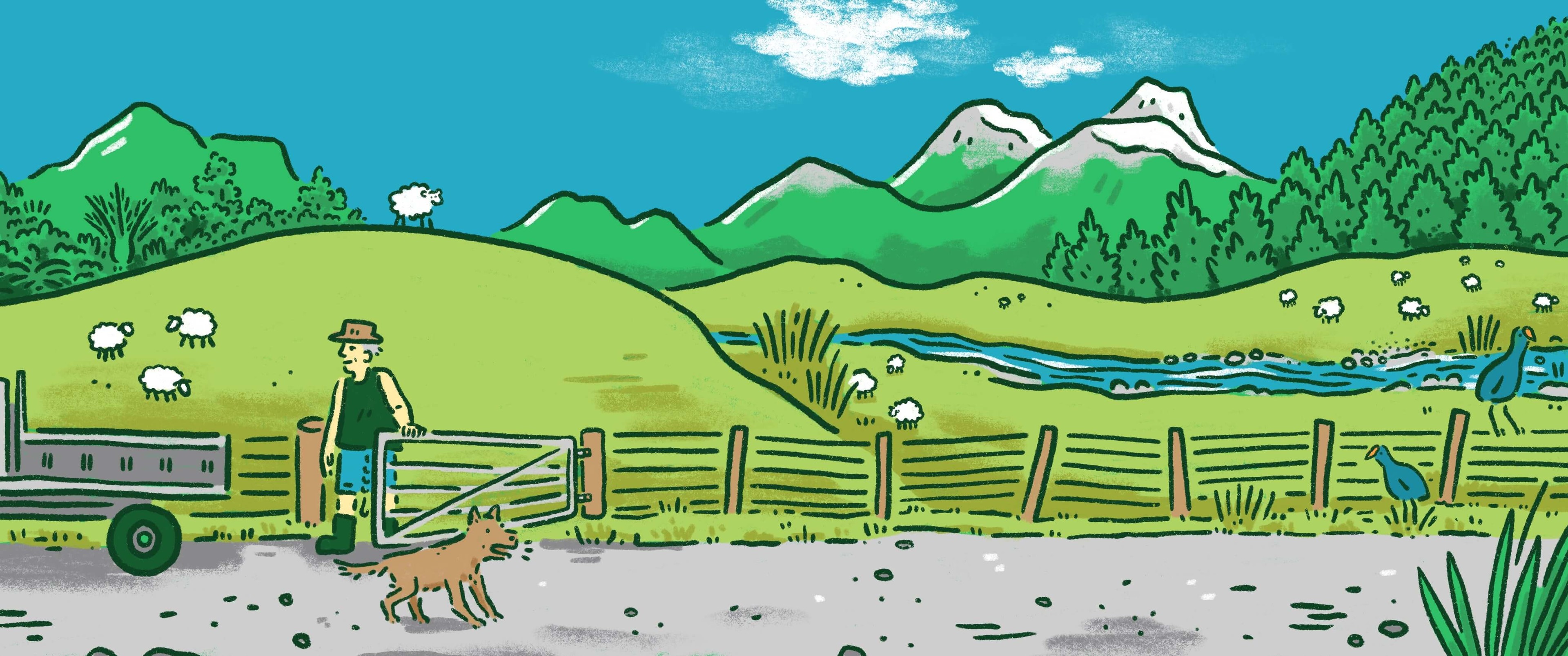
Otago Regional Council
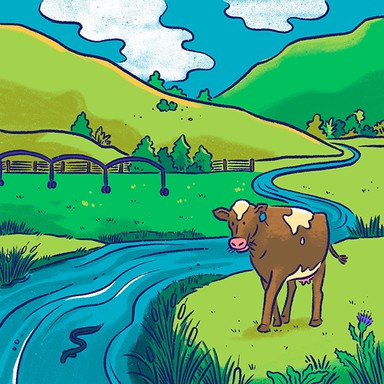
Freshwater
The worsening state of New Zealand’s lakes and rivers is a major challenge for regional councils, which play a leading role in managing freshwater in their areas. To this end, regional councils create plans to protect water resources from contaminants and overuse.

Freshwater
The worsening state of New Zealand’s lakes and rivers is a major challenge for regional councils, which play a leading role in managing freshwater in their areas. To this end, regional councils create plans to protect water resources from contaminants and overuse.
Freshwater policy needs to be clearly articulated and interpreted by council, discussed with affected communities, and the science shared.
There must be a balance between environmental and human activity. Te Mana o te Wai is not that balance. Science not ideology.
Practical encouragement for on-farm storage, or shared irrigation facilities, makes both economic and environmental sense.
Require water quality to be maintained and enhanced.
Sustainable and reliable flows available for irrigation, while ensuring the river's health is maintained and improved.
Ensure science informs all minimum flow and allocation and water quality decisions.
Commit to strict compliance with Te Mana o te Wai so that rivers have enough water in them to be healthy and support their own ecosystems.
Work with communities to complete the land and water plan by December 2023. This may need change of land use in some areas.
Map and plan to protect land and water forms such as wetlands and peat lands.
Complete the Land and Water Regional Plan on time.
Help Otago Regional Council staff better manage major and minor environmental incidents including sediment runoff and dumping of waste into lakes and rivers.
Support policies to keep water flowing in our rivers and streams eg support more use of storage dams for irrigation.
Discourage land use change that causes ongoing sediment discharge into local streams and rivers.
Freshwater policy needs to be clearly articulated and interpreted by council, discussed with affected communities, and the science shared.
There must be a balance between environmental and human activity. Te Mana o te Wai is not that balance. Science not ideology.
Practical encouragement for on-farm storage, or shared irrigation facilities, makes both economic and environmental sense.
Require water quality to be maintained and enhanced.
Sustainable and reliable flows available for irrigation, while ensuring the river's health is maintained and improved.
Ensure science informs all minimum flow and allocation and water quality decisions.
Commit to strict compliance with Te Mana o te Wai so that rivers have enough water in them to be healthy and support their own ecosystems.
Work with communities to complete the land and water plan by December 2023. This may need change of land use in some areas.
Map and plan to protect land and water forms such as wetlands and peat lands.
Complete the Land and Water Regional Plan on time.
Help Otago Regional Council staff better manage major and minor environmental incidents including sediment runoff and dumping of waste into lakes and rivers.
Support policies to keep water flowing in our rivers and streams eg support more use of storage dams for irrigation.
Discourage land use change that causes ongoing sediment discharge into local streams and rivers.
Mayor
Compare the mayoral candidates in your area
Local council
Compare the candidates for your city or district council
Regional council
Compare the candidates for your regional council
Local board
Compare the candidates for your local or community board
